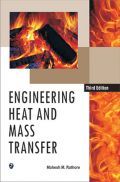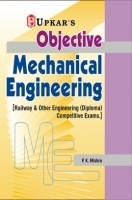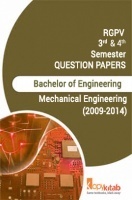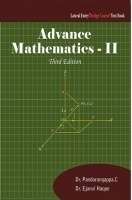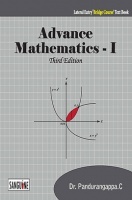Description:
This compact and easy-to-read text provides a clear analysis of the principles of equilibrium of rigid bodies in statics and dynamics when they are subjected to external mechanical loads. The book also introduces the readers to the effects of force or displacements so as to give an overall picture of the behaviour of an engineering system.
Divided into two parts-statics and dynamics-the book has a structured format, with a gradual development of the subject from simple concepts to advanced topics so that the beginning undergraduate is able to comprehend the subject with ease. Example problems are chosen from engineering practice and all the steps involved in the solution of a problem are explained in detail.
The book also covers advanced topics such as the use of virtual work principle for finite element analysis; introduction of Castigliano's theorem for elementary indeterminate analysis; use of Lagrange's equations for obtaining equilibrium relations for multibody system; principles of gyroscopic motion and their applications; and the response of structures due to ground motion and its use in earthquake engineering.
The book has plenty of exercise problems-which are arranged in a graded level of difficulty-, worked-out examples and numerous diagrams that illustrate the principles discussed. These features along with the clear exposition of principles make the text suitable for the first year undergraduate students in engineering.
Contents:
Preface.
Part I: Statics-Equilibrium of Particles and Rigid Bodies.
Equilibrium of Structural Systems.
Energy Methods in Engineering Mechanics.
Frictional Forces in Engineering Systems.
Part II: Dynamics-Dynamics of Particles.
Plane Kinematics of Rigid Bodies.
Kinetics of Rigid Bodies.
Mechanical Vibrations.
Appendix. Answers to Selected Problems.
Bibliography.
Index.








